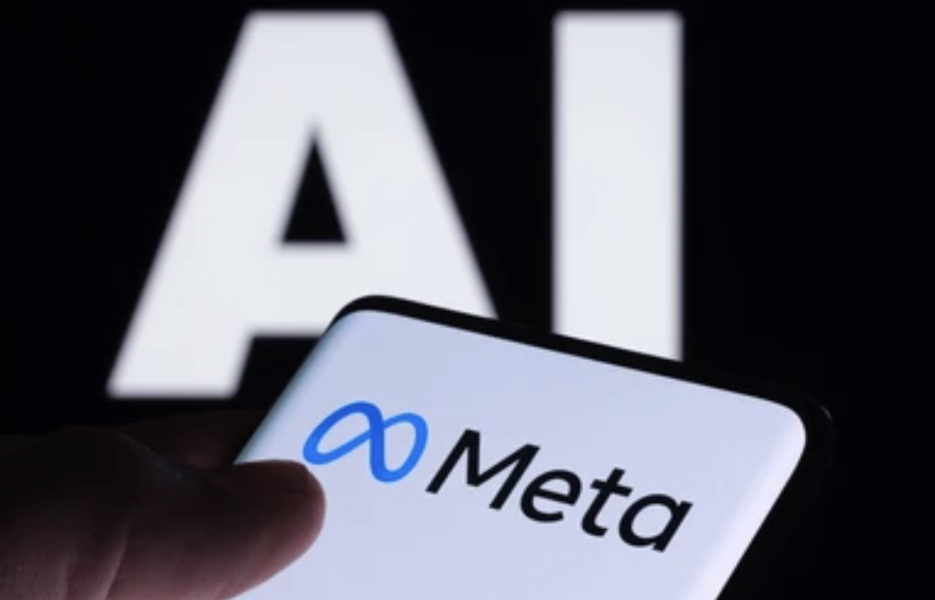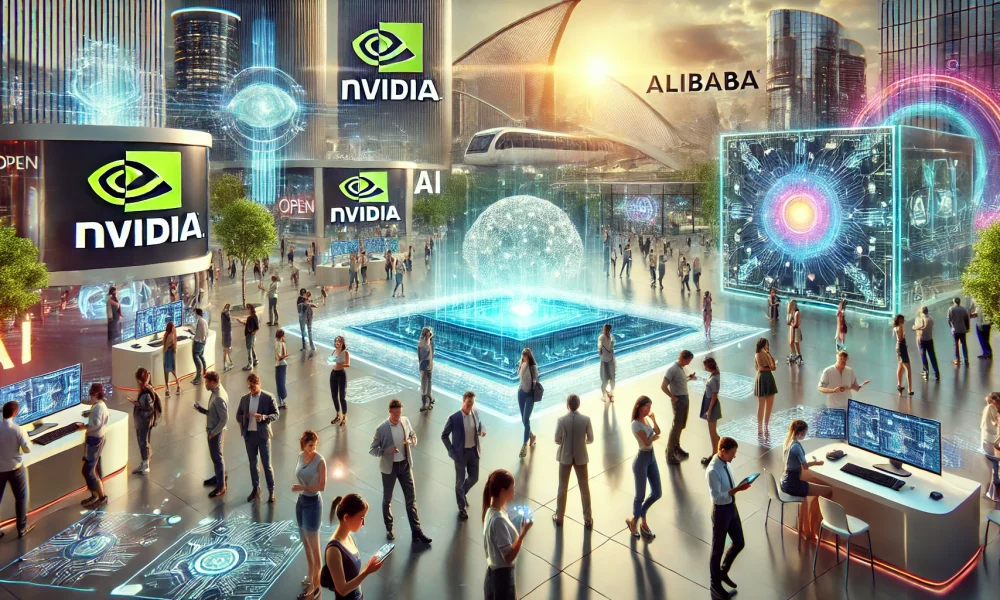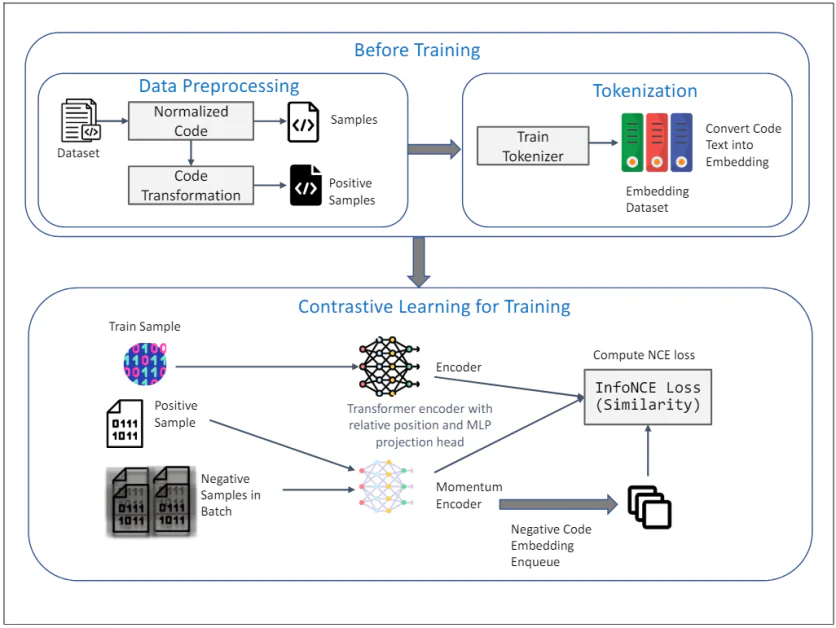Revolutionizing NPC Interactions in Video Games with Generative AI
Non-player characters (NPCs) play a crucial role in video games, enhancing the immersion and complexity of virtual worlds. While traditional NPCs rely on scripted interactions, generative AI is transforming the way NPCs engage with players by enabling dynamic and natural conversations using advanced models like GPT-4.
The Evolution of NPCs: From Simple Entities to Complex Behaviors
Over the years, NPCs have evolved from simple characters with limited actions to more dynamic entities with decision trees and finite state machines. Titles like Skyrim and Red Dead Redemption 2 showcase NPCs that react realistically to player actions, but generative AI opens up new possibilities for creating unique and engaging interactions.
Unlocking the Potential of Generative AI for NPC Development
Generative AI allows NPCs to engage in real-time conversations, adapt to player inputs, and create unique behaviors based on the context. This technology opens up endless opportunities for procedural content generation, creating immersive game experiences with AI-generated characters, quests, and environments.
Embracing the Future: Virtual Reality, Cross-Platform NPCs, and Community-Driven Content
The integration of generative AI with VR and AR promises even more immersive gaming experiences, while cross-platform NPCs and community-driven content empower players to contribute to the evolving world of gaming. The future of interactive storytelling is set to be personalized, dynamic, and captivating thanks to generative AI.
Conclusion: Transforming Gaming with Dynamic and Personalized NPC Interactions
Generative AI is reshaping the way NPCs interact with players, offering a more dynamic, immersive, and engaging gaming experience. By moving beyond scripted responses, this technology paves the way for richer and more interactive virtual worlds that continue to evolve and surprise players.
-
What is generative AI in video game NPCs?
Generative AI in video game NPCs refers to the use of advanced algorithms that allow non-playable characters (NPCs) to react and interact with players in a more dynamic and unpredictable way. This means that NPCs can exhibit more complex and human-like behaviors, making the gameplay experience more immersive and engaging. -
How does generative AI enhance the gaming experience?
Generative AI enhances the gaming experience by creating more realistic and lifelike interactions with NPCs. Instead of following scripted dialogue and actions, NPCs can respond to player input in a more organic and adaptive manner, leading to more diverse and personalized gameplay experiences. -
Can generative AI in NPCs lead to more challenging gameplay?
Yes, generative AI in NPCs can make gameplay more challenging by creating smarter and more strategic opponents. NPCs with generative AI can adapt to player strategies, learn from their mistakes, and respond in real-time to changes in the game environment, providing a more dynamic and unpredictable gameplay experience. -
Will generative AI eventually replace scripted dialogue and actions in video game NPCs?
While generative AI has the potential to revolutionize the way NPCs behave in video games, it is unlikely to completely replace scripted dialogue and actions. Scripted content still plays an important role in creating narrative structure and guiding players through the game world. However, generative AI can complement scripted content by adding depth and complexity to NPC interactions. - How can developers leverage generative AI to create more engaging NPCs?
Developers can leverage generative AI to create more engaging NPCs by implementing algorithms that allow NPCs to learn, adapt, and react to player behavior in real-time. By incorporating generative AI into NPC behavior, developers can create more immersive and interactive game worlds that feel alive and responsive to player actions.















